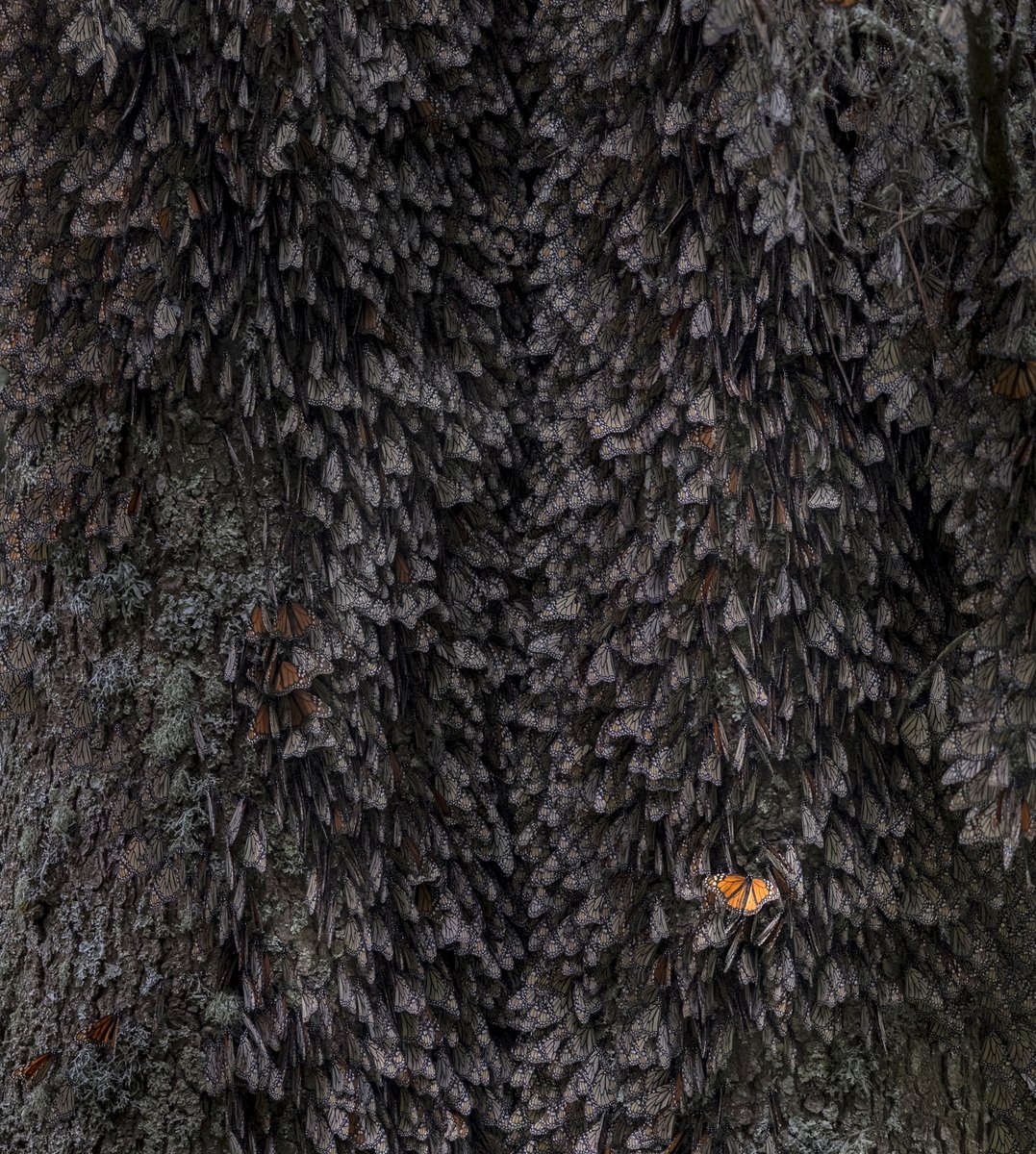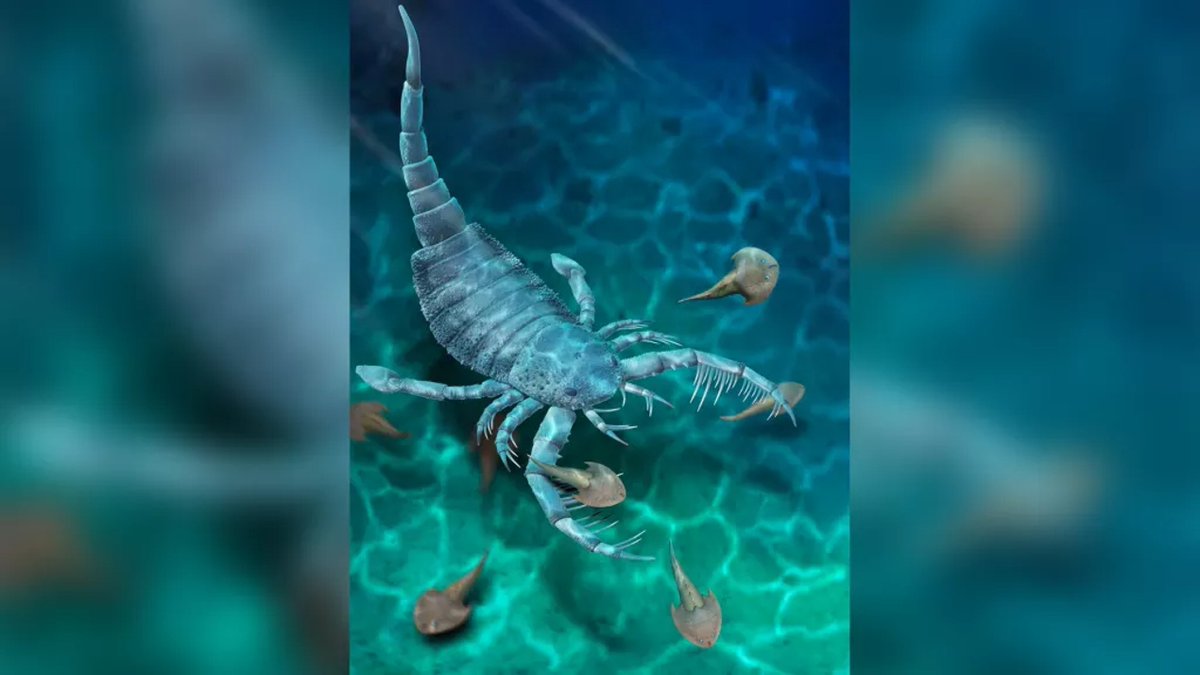
Indian astronomers are on a winning streak! In two separate discoveries, researchers have found an exoplanet 1.4x the size of Jupiter and a rare class of radio stars hotter than the Sun!
Read: weather.com/en-IN/india/sp…
📸: ESO/M Kornmesser
Thread 👇
Read: weather.com/en-IN/india/sp…
📸: ESO/M Kornmesser
Thread 👇

The first discovery of new exoplanet TOI 1789b was made by Prof A Chakraborty and team using the PARAS optical fibre-fed spectrograph—the first of its kind in India—on the 1.2-metre Telescope of PRL at its Mt Abu Observatory.
The exoplanet was found to have 70% of the mass and 1.4 times the size of Jupiter.
TOI 1789b orbits its Sun in just 3.2 days. Due to its closeness to its host star, the planet is intensely hot, with a surface temperature of up to 2000 K.
TOI 1789b orbits its Sun in just 3.2 days. Due to its closeness to its host star, the planet is intensely hot, with a surface temperature of up to 2000 K.
Such close-in exoplanets around stars (with a distance of less than 0.1 AU) with masses ranging from 0.25 to a few Jupiter masses are referred to as "Hot-Jupiters".
📸: ISRO
📸: ISRO

The second discovery, made by the Pune-based team from NCRA led by Barnali Das, found eight rare radio stars that are hotter than the Sun!
While our scorching Sun burns at 5,500°C, there exist other celestial bodies that are much hotter!
📸: IANS
While our scorching Sun burns at 5,500°C, there exist other celestial bodies that are much hotter!
📸: IANS

These stars tend to emit intense radio pulses due to their emission behaviour, resembling a lighthouse on a pitch-dark island.
They are 'Main-sequence Radio Pulse' (MRPs) emitters that possess powerful magnetic fields.
They are 'Main-sequence Radio Pulse' (MRPs) emitters that possess powerful magnetic fields.
Surprisingly, only 15 MRPs have been detected in space so far, 11 of which were discovered by the astronomers in Pune.
Furthermore, eight of the 11 stars have been discovered this year.
Furthermore, eight of the 11 stars have been discovered this year.
The study’s success suggests that MRPs may not really be rare, but simply difficult to detect, as radio pulses are only visible at particular times, and usually noticeable only at low radio frequencies.
• • •
Missing some Tweet in this thread? You can try to
force a refresh















